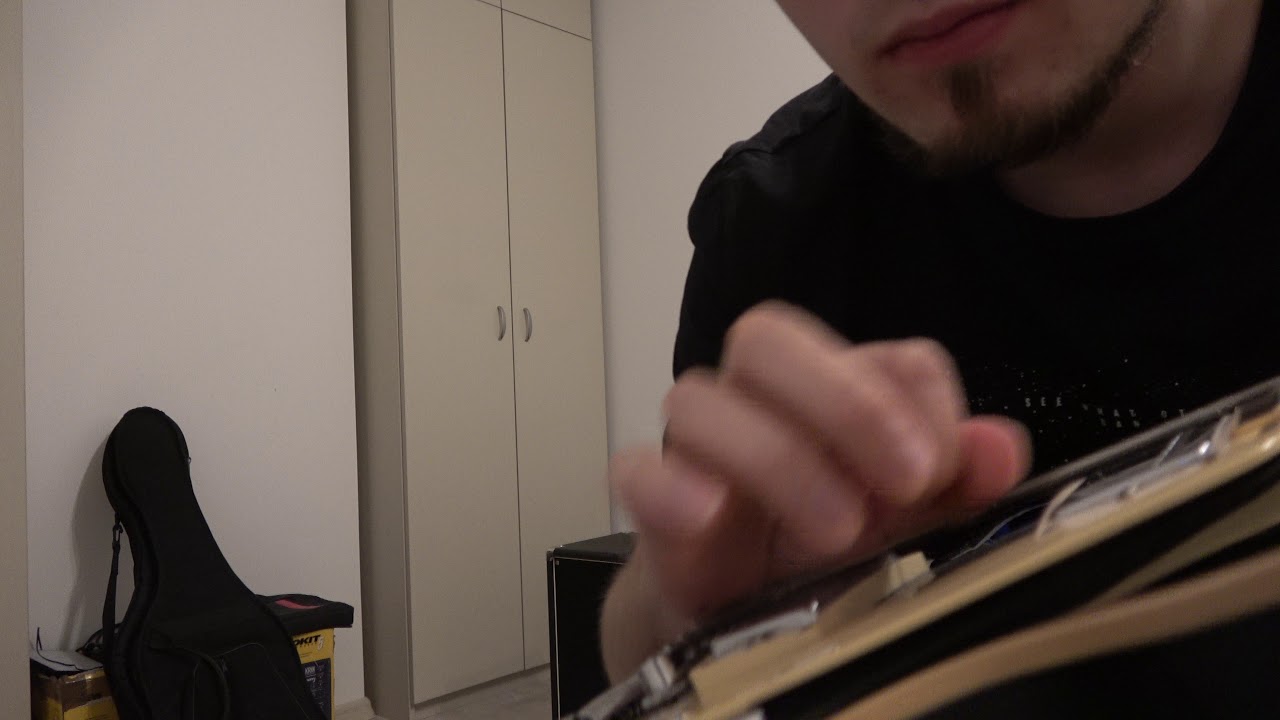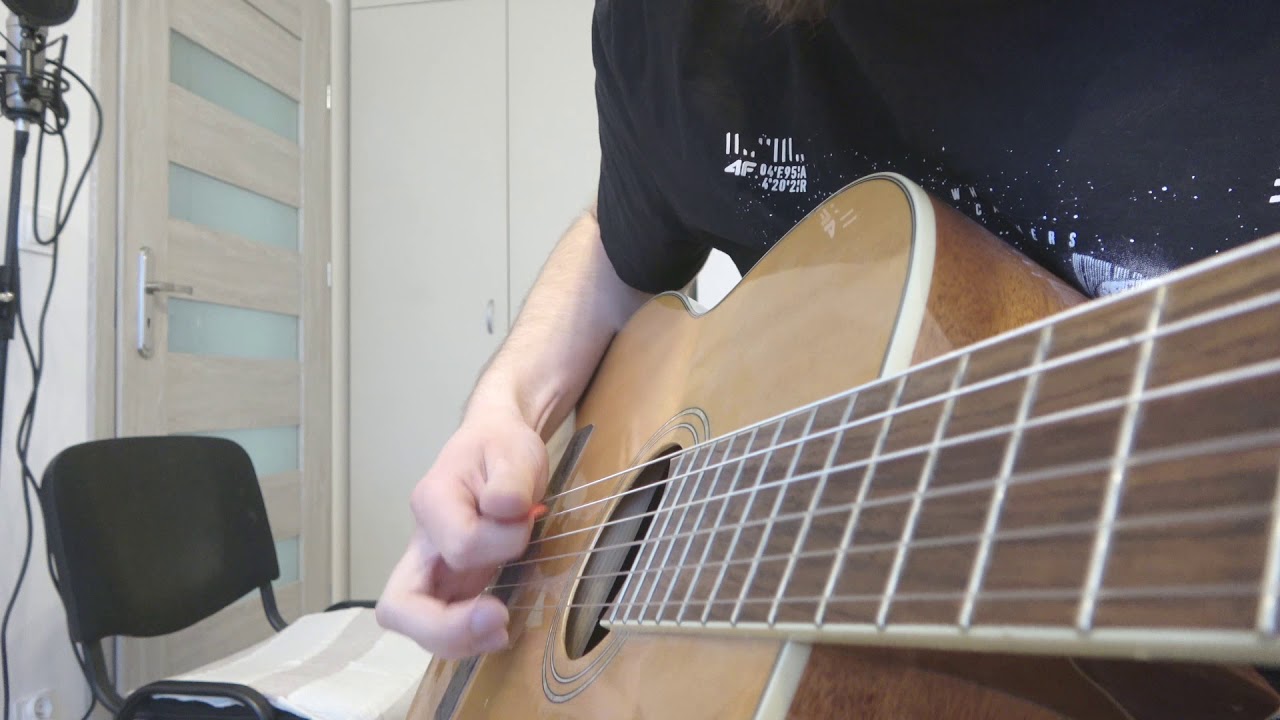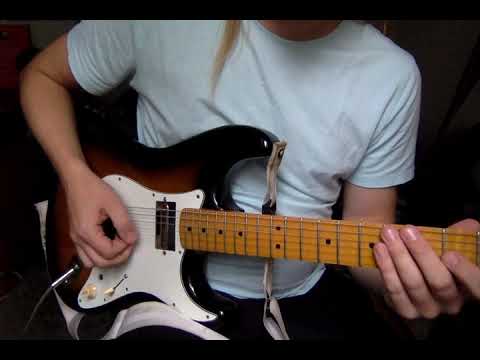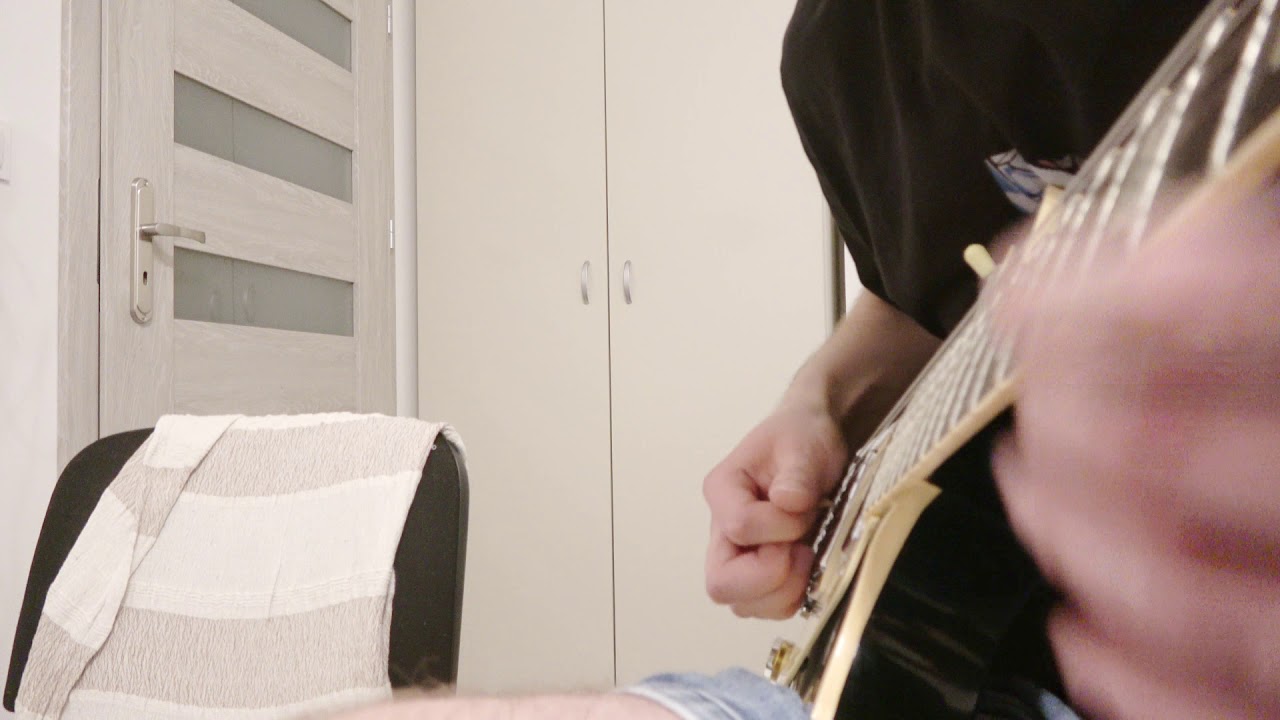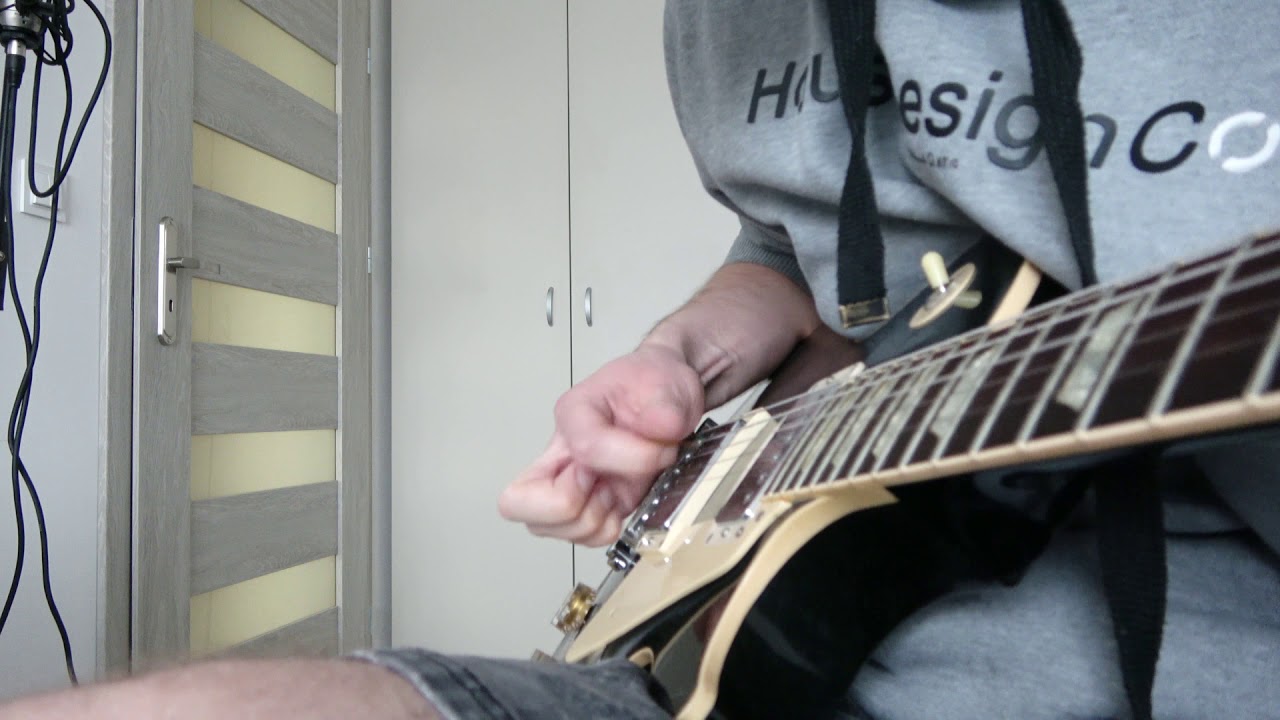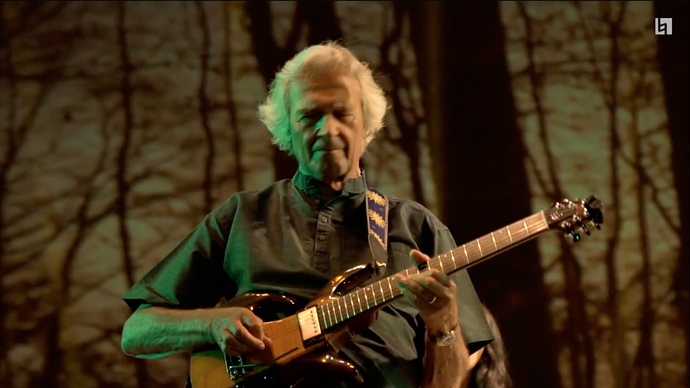Thanks for the details. Yes, I know your form is more pronated on the lower strings, that’s why I asked about the contact points when you play on the higher strings. Your form in that second photograph looks exactly like Andy Wood and Al Di Meola. Is your pinky heel touching the bridge or the strings when you use that second photo form?
The arm position is just a clue. It doesn’t tell us what kind of wrist motion you’re making. A player with a pronated arm position could make a deviation motion, or a 2:00 motion, the results would be functionally the same — they would be DSX. But when you play on the higher strings, and you use that Andy Wood looking arm position, that narrows the possibilities. You can only be DSX with 2:00 wrist motion because deviation (3:00 motion) would trap.
Is this what you’re referring to as “adding in flextension”? Because I just call that 2:00 motion nowadays. More importantly, if you’re doing it on the upper strings, there’s the possibility that you’re doing it on all of them, regardless of arm position, even when you are more pronated. Once motions are learned, they’re pretty resistant to change, and your 13 year old clip, which is awesome, speaks to that for sure.
The more supinated attempts where you’re using some forearm look great, but if you’re saying it feels painful then I of course there’s no reason to use that form.
What happens when you use your form from the second photograph, and you just play lines where you also have upstroke string changes and you ignore those string changes? In other words, you allow mistakes to happen whenever they would happen. It shouldn’t feel any different in terms of comfort to just playing a DSX line, does it?
Because if you can do that to where it is comfortable, then you can probably clean that up and make it work for you.

